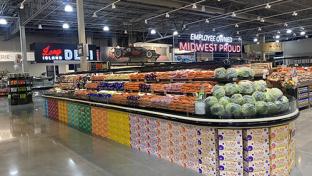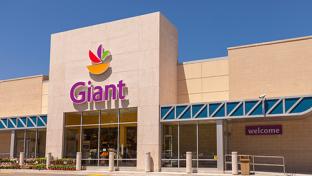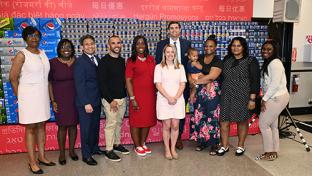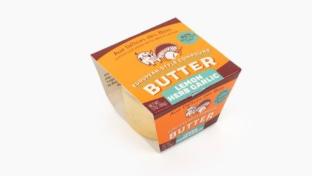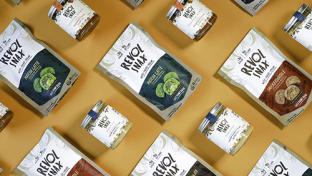Wellness Education Programs Give Grocers a Competitive Edge
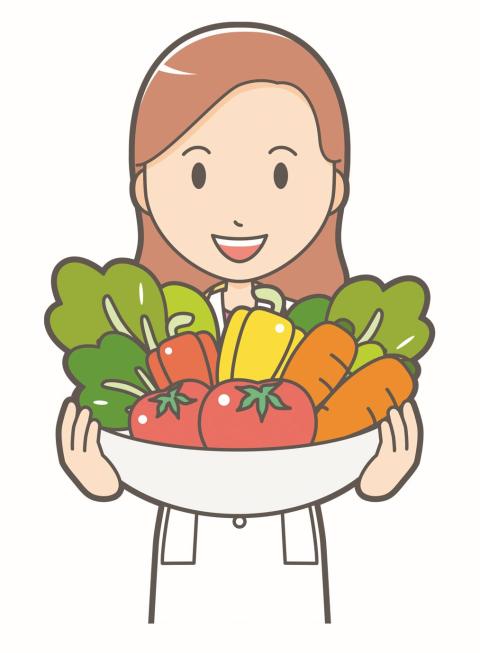
The grocery store has become more than just a transactional place to purchase food and other goods. It’s now many consumers’ first stop not only for refilling prescriptions and getting inspired about food, but also for seeking medical care, learning how to cook, getting in shape and improving their diet. In fact, according to FMI — The Food Industry Association’s 2022 “U.S. Grocery Shopper Trends — Shopping Trends” report, shoppers identified registered dietitians (48%), their primary food store (46%) and grocery store pharmacists (44%) as key resources when it comes to helping them stay healthy. Offering relevant wellness education programs may be the competitive edge that retailers need to get shoppers in the door and engaging with their stores.
[Read more: "Helping Parents Build a Healthy School Lunchbox"]
Pharmacy Services
Besides medication dispensing and medication management, most pharmacies also provide biometric health screenings and smoking cessation classes. These can be offered alongside other retail health programs or as stand-alone services to inform and improve customer health. Wellness programs tailored to certain themes, such as American Heart Month in February or World No Tobacco Day on May 31, can help make customers intentional about initiating change at a certain time. Ask your pharmacists and pharmacy technicians about what common requests or questions shoppers have about wellness at the pharmacy counter.
Cooking
Programs focused on getting shoppers in the kitchen to create flavorful, original and creative dishes are usually the objective of every cooking experience. Adding extra considerations, such as meals designed for certain budgets, kitchen competencies, stage of life, health needs or time restraints, can get your shoppers even more excited. Coborn’s Kids Cook at Home virtual cooking class series programming even provides a shopping list, recipes and a setup guide for attendees. See whether a cooking class subscription service with meal kits might be a worthwhile endeavor for your customers.
Exercise
Wellness programs that include an exercise component are more effective than focusing solely on eating habits. Consumers can get moving via on-site physical therapists (offered at H-E-B), virtual “Short & Sweat” fitness videos (offered at Hy-Vee), or Kroger’s Welsana wellness program, which provides the ability to log exercise and receive health coaching to improve fitness. If your retailer can’t assemble a formal exercise program but has the store space inside or out for group fitness, develop a set of recurring exercise classes like yoga or Zumba, and market these on a monthly calendar in-store and online.
Nutrition
Registered dietitians (RDs) are your grocery chain’s food and nutrition experts. Currently, around 81% of food retailers employ dietitians: 65% at the corporate level, 21% in-store or virtual, and 12% regionally, per FMI’s 2021 “Report on Retailer Contributions to Health and Well-being.” Dietitians help build customer trust, translate nutrition science into product recommendations, and are well positioned to create and execute successful wellness education programs. For instance, Canadian food retailer Loblaws offers three popular dietitian programs: diabetes, heart health and weight management.
Employee Health
A wellness program that targets associates’ health is not only the right thing to do for your employees, but it can also enhance productivity, decrease absenteeism and lower health care-associated costs. Considerations such as flexible hours for participation, adapting material to be relevant for employees’ lifestyles, offering incentives for involvement and using digital tools to track success are key elements of this type of programming.
Wellness education programs are now offered with various components, including pharmacy services, cooking, exercise, nutrition and employee health. Determine what mix of programming could reach the most customers and with the most impact at your business.


